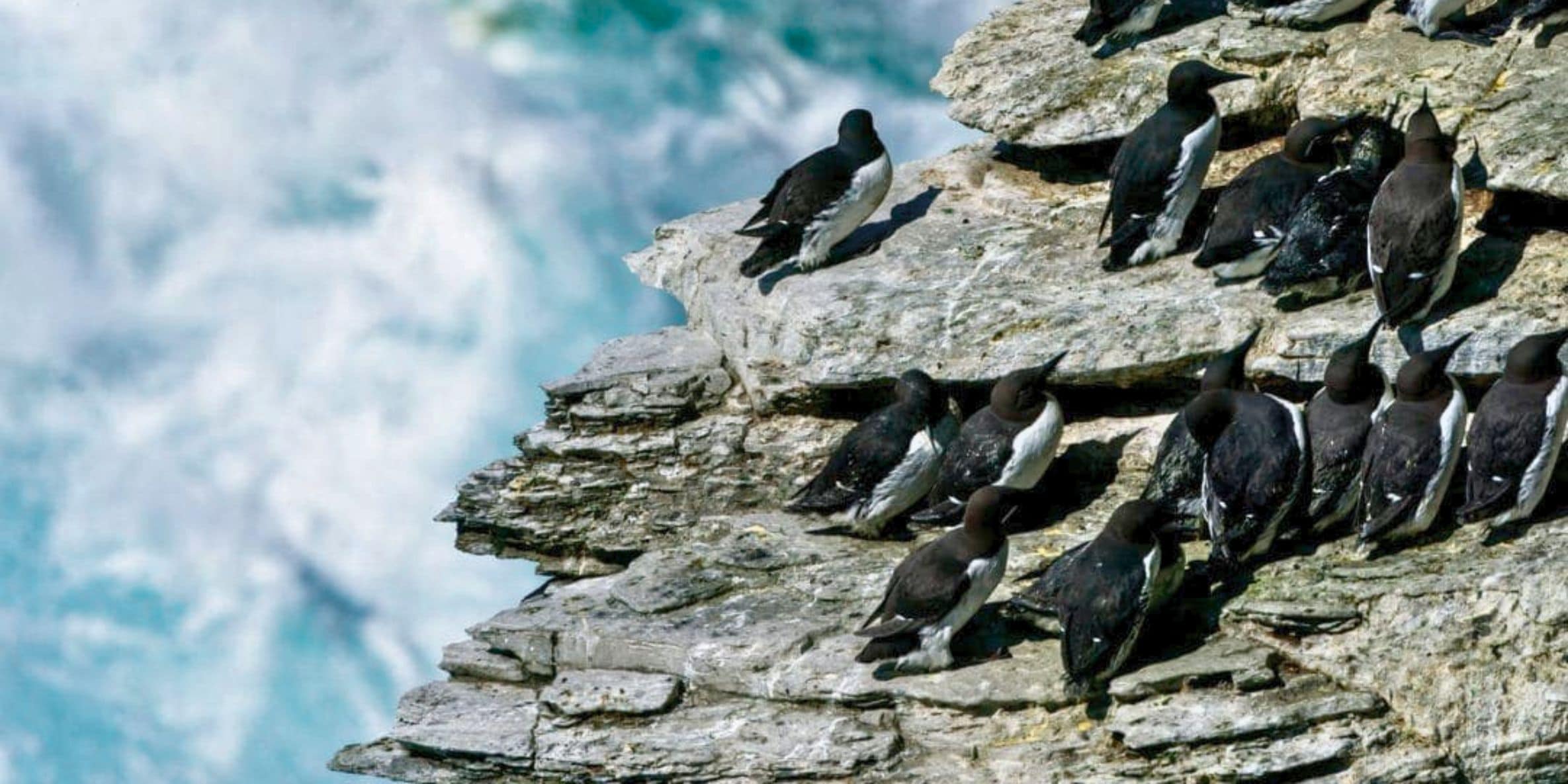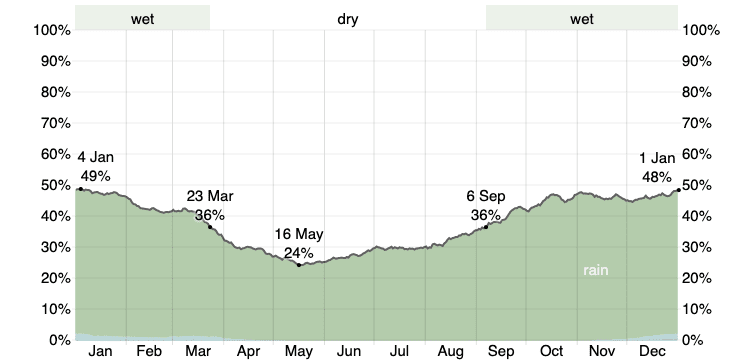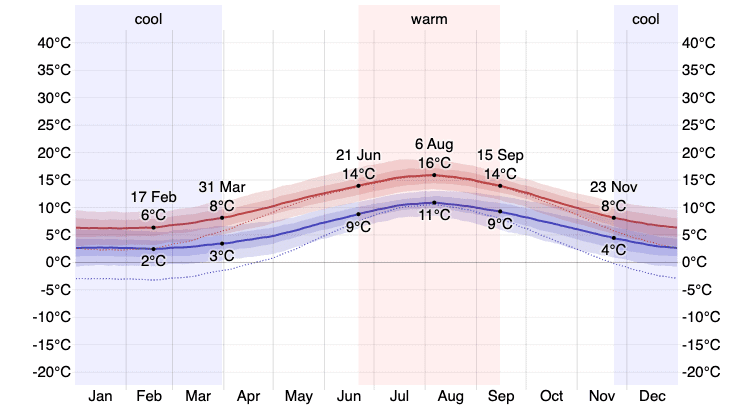Orkney is stunning year-round, with each season offering unique reasons to visit. If you’re planning your trip, consider that any time can be the best time to visit Orkney, depending on what you want to experience.
We visited in May and were captivated by the spring colours and vibrant wildlife. The island was alive with lush greenery and brilliant wildflower hues.
However, Orkney changes beautifully with the seasons: from the warm, colourful tapestry of summer wildflowers to the soft golden tones of autumn and the serene, stark landscapes of winter.
The island’s coastline, featuring sandy beaches, rugged cliffs, and dramatic ocean stacks, is spectacular against the sea’s ever-changing backdrop. No matter when you visit, Orkney offers a unique blend of natural beauty and tranquillity.
For a full breakdown, click here for all the best places to visit on an Orkney Itinerary.
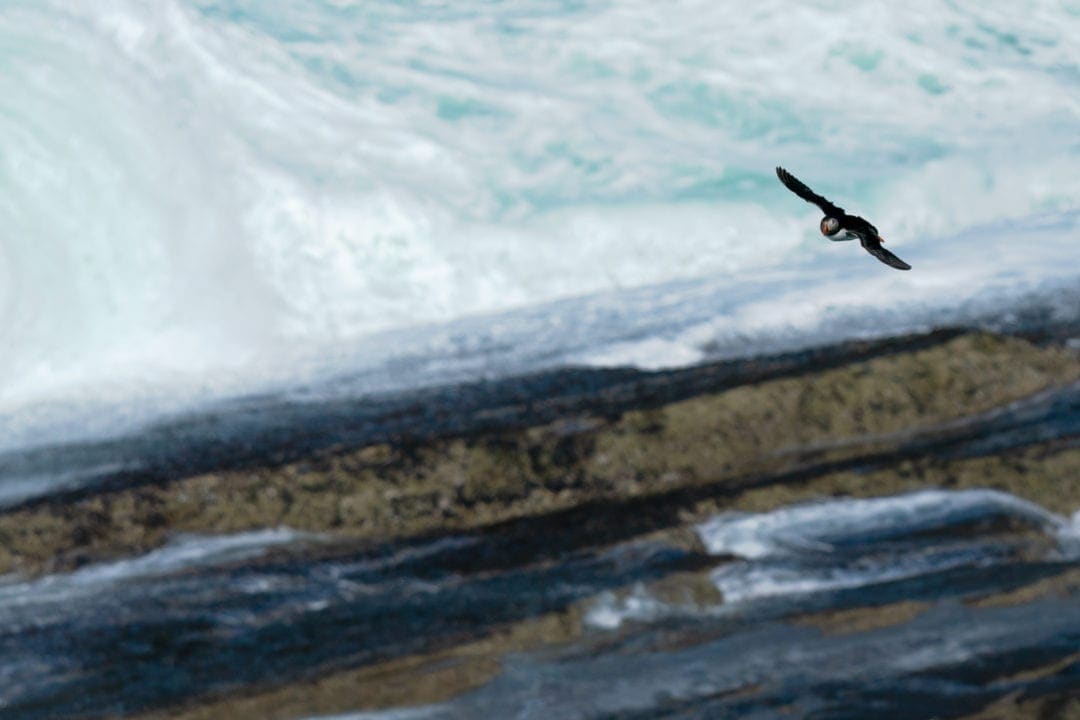
Orkney Through the Seasons: A Snapshot
🌼Spring (March to May): Celebrate the rebirth of nature with a splash of colours—daffodils, bluebells, and lambs leaping in the fields.
It’s also the best time for birdwatching as migratory species return. Expect mild temperatures and some of the year’s sunniest days.
🌺Summer (June to August): Enjoy the warmest weather (11°C to 16°C) and longest days, making it perfect for exploring the rugged coastline and historic sites.
However, it’s also peak tourist season, so expect some crowds at popular spots.
🍂Autumn (September to November): Experience a quieter Orkney with fewer tourists and a dramatic change in landscape colours.
Watch for the Northern Lights and seal pups on the shore. Weather can be windy and begin to cool, preparing for winter.
❄️Winter (December to February): While colder and windier, with shorter days, winter offers a unique charm with fewer crowds and lower prices.
Ideal for those seeking solitude and dramatic storm-watching. The chances of seeing the Northern Lights increase.
Each season in Orkney offers distinct experiences, whether you’re a nature lover, a photography enthusiast, or a history buff. Pack accordingly, embrace the unpredictability of the weather, and enjoy Orkney’s timeless allure.

Facts About Orkney
Before we delve into the best times to visit Orkney, let’s explore some key facts about this unique archipelago to enhance your journey and help you connect with the land and its stories:
- Location: Orkney is situated about 16 km off the north coast of the Scottish mainland, across the mysterious Pentland Firth.
- Name Usage: Locals prefer “Orkney”—avoid calling it “the Orkneys” to respect local preferences.
- Name Origin: The name comes from the Old Norse Orkneyjar, meaning ‘Seal Islands.’
- Island Overview: Of the 70 islands that make up Orkney, only 20 are inhabited.
- Mainland: Most adventures start on the largest island, known as the “mainland,” home to the capital, Kirkwall.
- Cultural Heritage: Orkney is renowned for its rich history, including UNESCO-listed Neolithic sites and ancient standing stones.
This brief guide sets the stage for your travels, ensuring you’re well-acquainted with the land and its stories. Get ready to explore Orkney’s profound historical and natural beauty—whatever the season.
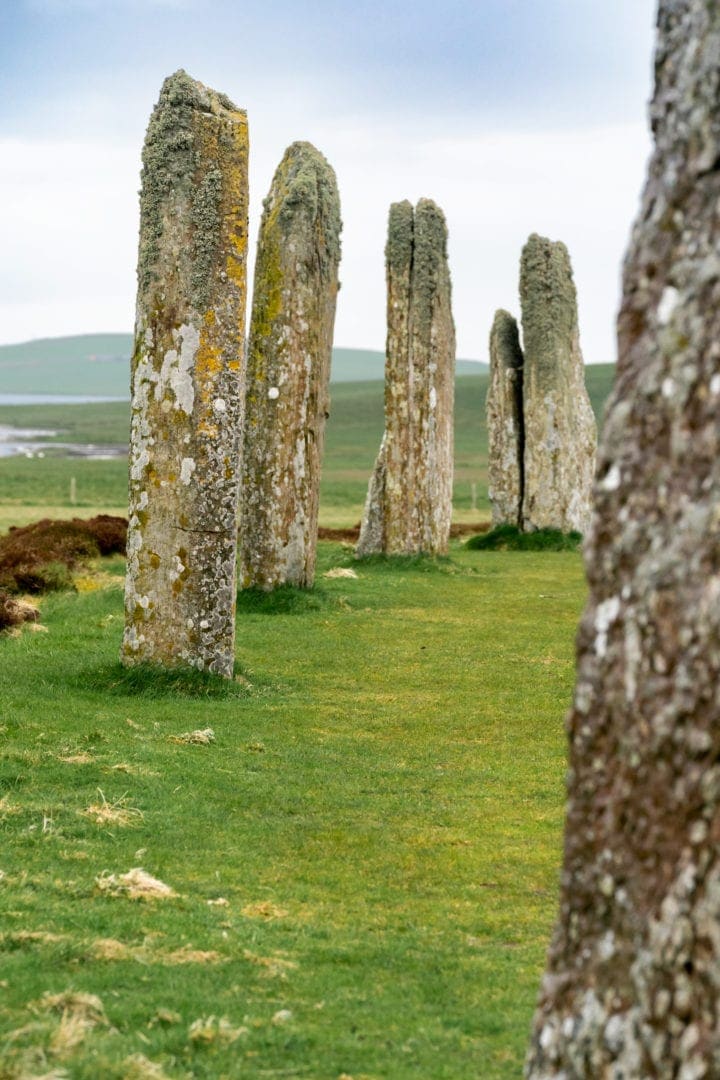
What is the Best Time of Year to Visit Orkney?
We took an Orkney road trip in mid-May and would suggest that it is the best time of year to visit Orkney.
Why visit Orkney in May?
May is usually the sunniest month and historically has the least rainfall.
As nature lovers, we enjoyed the copious amount of spring flowers on the road verges and watching Orkney come to life with baby lambs scattered throughout the mainland. This, combined with the arrival of migratory seabirds to Orkney’s clifftops, made it a very special time to visit.
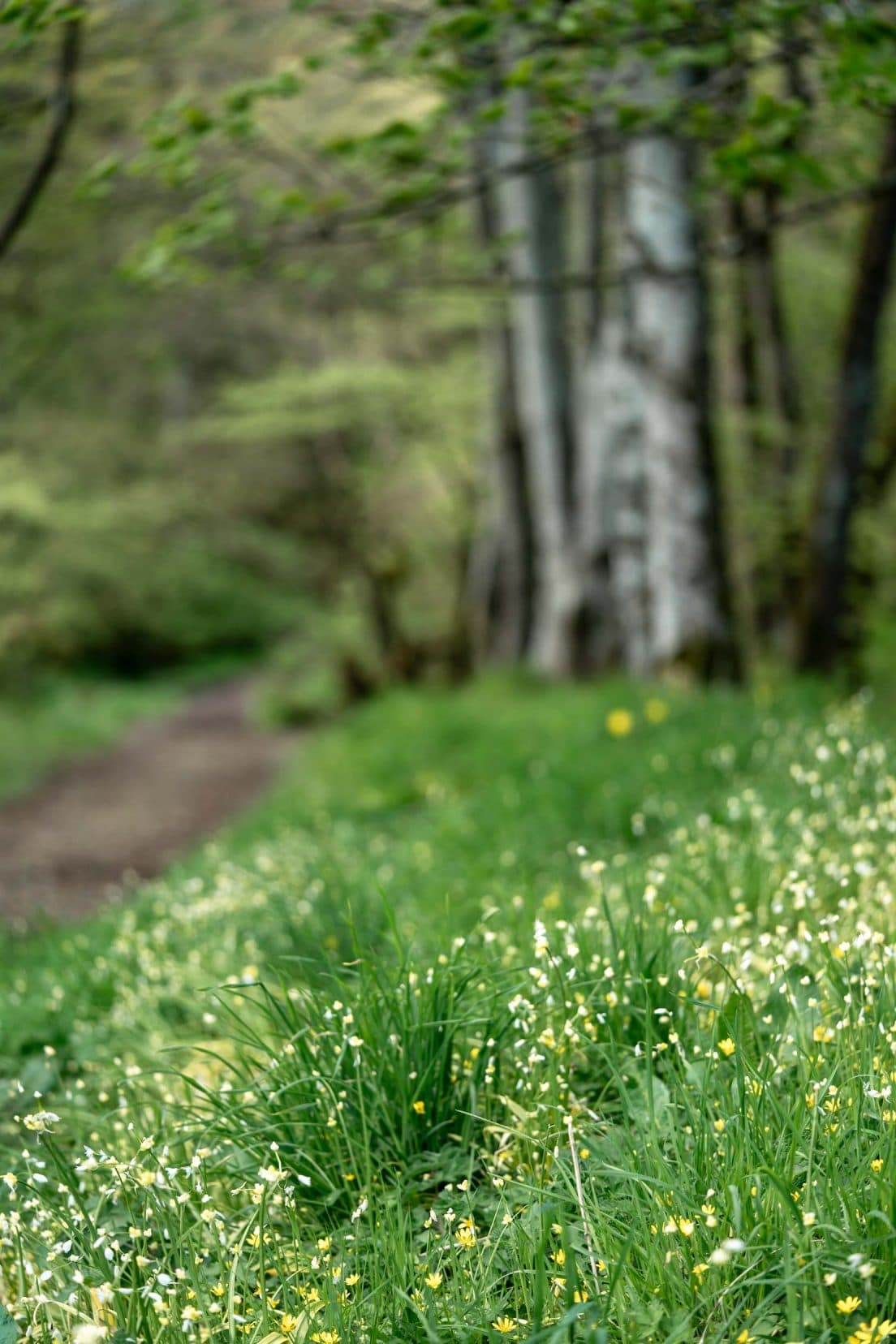
It depends, however, on what you want to do and what you would like to experience in Orkney.
You may be chasing the winter Northern lights, love the colours of the heather across the moors in late Summer, or want to catch a glimpse of Orkney’s seal pups in Autumn
Whichever season you visit Orkney, there will always be something wonderful to enjoy.
So, let’s delve into the best time to visit Orkney, depending on your interests.
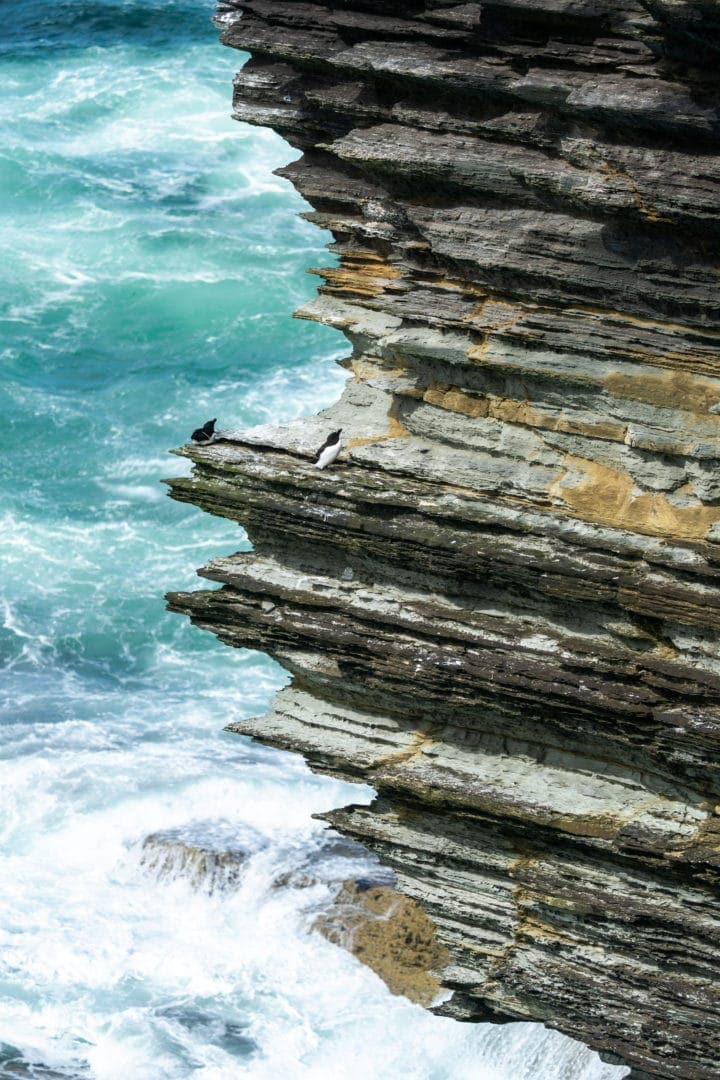
Embracing Orkney’s Windswept Weather
You certainly don’t visit Orkney for its beautiful weather.
It is cloudy and windy most of the year, but spring and summer see less rainfall and warmer conditions. Even in summer, temperatures don’t get very high, with averages between 11°C and 16°C.
Winter is wet, rainy and very windy. However, temperatures rarely go below freezing.
If you are looking for the warmest weather, the best time of year to visit Orkney is summer, but it will also be the most crowded.
Orkney Average Rainfall
Orkney Average Temperatures
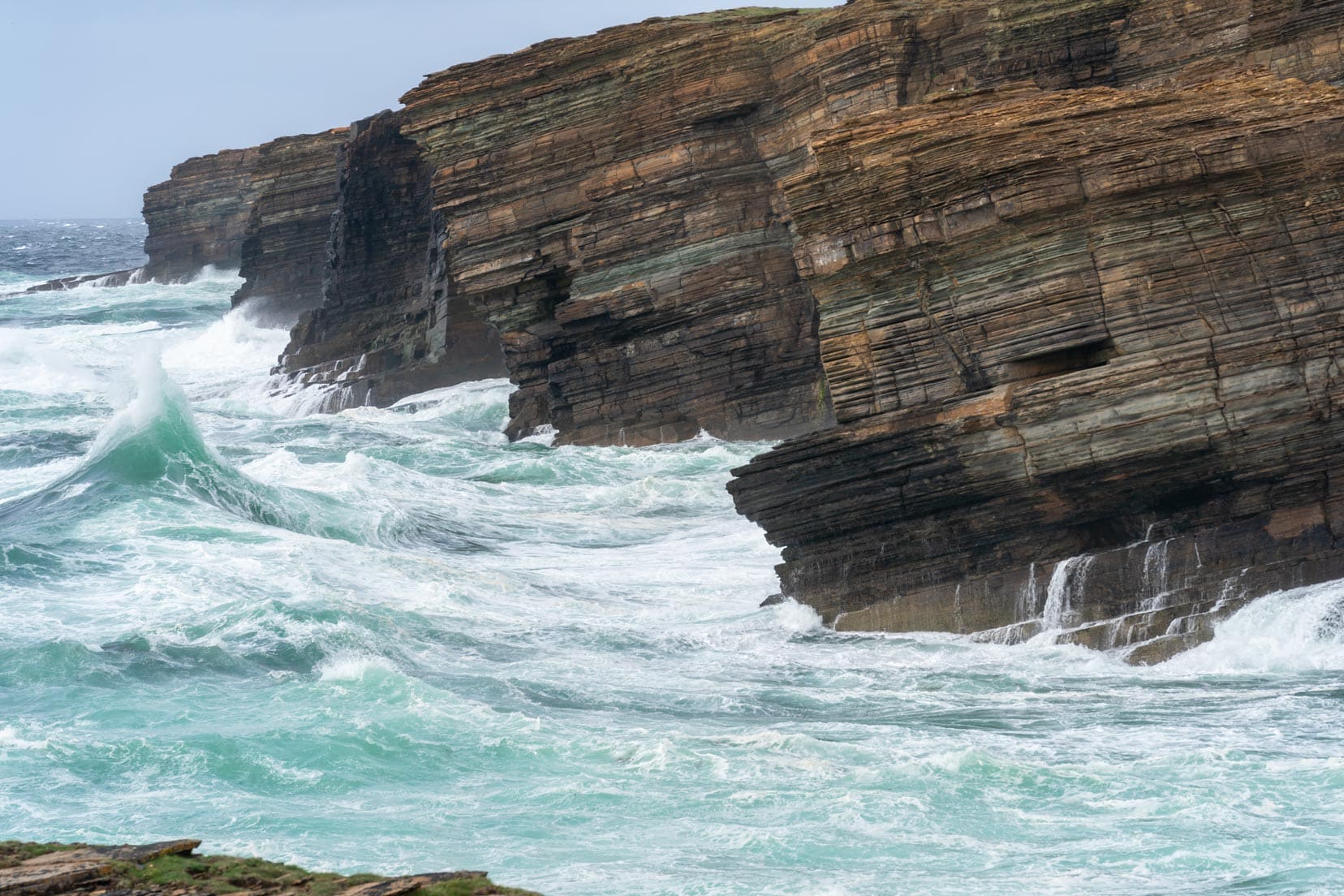
Orkney Through the Seasons
Below, we’ve provided information on Orkney through the seasons. This guide will help you decide when to visit and what to expect.
Jump to the season here or browse below:

🌼 Orkney in Spring
In April and May, spring starts to bring life to the islands.
Daffodils and bluebells pop up along verges, and who can resist hundreds of lambs jumping around in the lush Orkney fields?

The weather also starts to warm in spring, though temperatures can never be guaranteed. Days become longer, and the sun sets past 9 p.m.
We visited in mid-May and even found a bluebell wood at Binscarth. A spectacular feat on the island renowned for being rather light on in the tree department.
If you are lucky, you may also find the rare Scottish Primrose, Primula Scotica. This tiny purple flower blooms only in May and once again in July and is found only in Orkney and far north Scotland.
We searched, but luck wasn’t on our side.
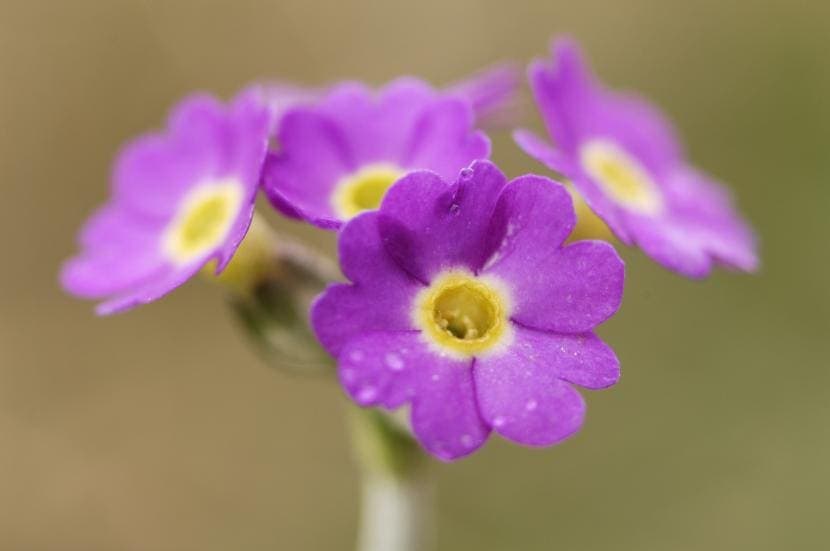
Seabirds in Spring
We love photographing birds and could have spent hours on the cliffs capturing the hundreds of breeding birds preparing for their new family additions when we visited Orkney in May.
Spring is the perfect time for spotting seabirds. Marwick Head RSPB Reserve is the largest seabird colony in Orkney.
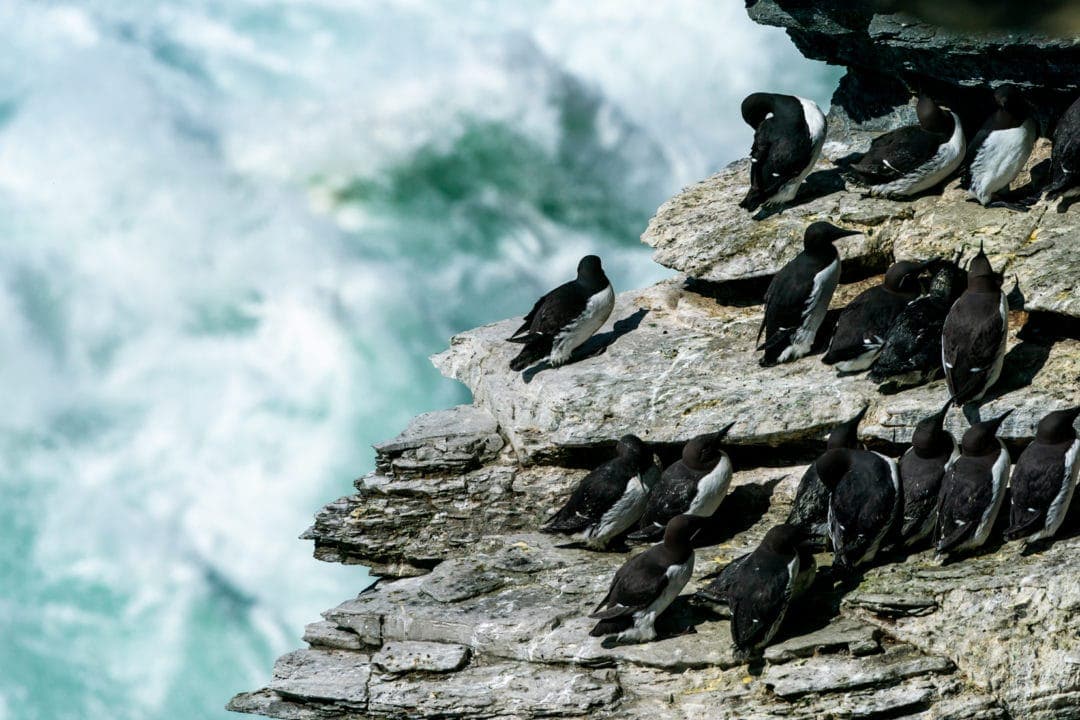
Many migratory birds return for the breeding season, and Orkney’s clifftops, crags and stacks are filled with nesting fulmars, guillemots, razorbills and the ever-colourful characters, puffins.
In May, we saw fulmars, kittiwakes, guillemots, black guillemots, skuas, cormorants, gannets, razorbills, and the ever-cute clowns of the sea, and puffins.
Puffins (known locally as Tammie Norries, meaning ‘Bashful men’) start to arrive in late April or early May. They can be spotted in many clifftop areas, including the cliffs of the tidal island, Brough of Birsay.
Birdlife on the Mainland in Spring
Other birds to look for include the hen harriers and short-eared owls over the Birsay Moors. If you are a bird lover, then also check out the waders at the largest wetland on Orkney, The Loons.
But whatever time of year you visit Orkney, the RSPB has 12 Nature Reserves, totalling over 30 square miles to explore.

The island does not have foxes or badgers, so it is a haven for ground-nesting birds without these predators. However, within the last few years, an invasive species of stoat has been threatening this ecosystem.
As a result, you may stumble upon some wooden stoat traps strategically placed around the island.

Interested in Birds? While in the Northern end of Scotland, you may like to visit Handa Island, a haven for seabirds, particularly guillemots, just off the Sutherland coast, northwest Scotland. Puffins also nest there in the summer months.
Orkney Festivals in Spring
Orkney Festivals held in May include:
- Orkney Nature Festival
- Orkney Folk Festival
- On 17th May, Orkney celebrates Norway Constitution Day due to its close ties to Norway. Norse Earls ruled Orkney for over 500 years before it became part of Scotland in 1468.
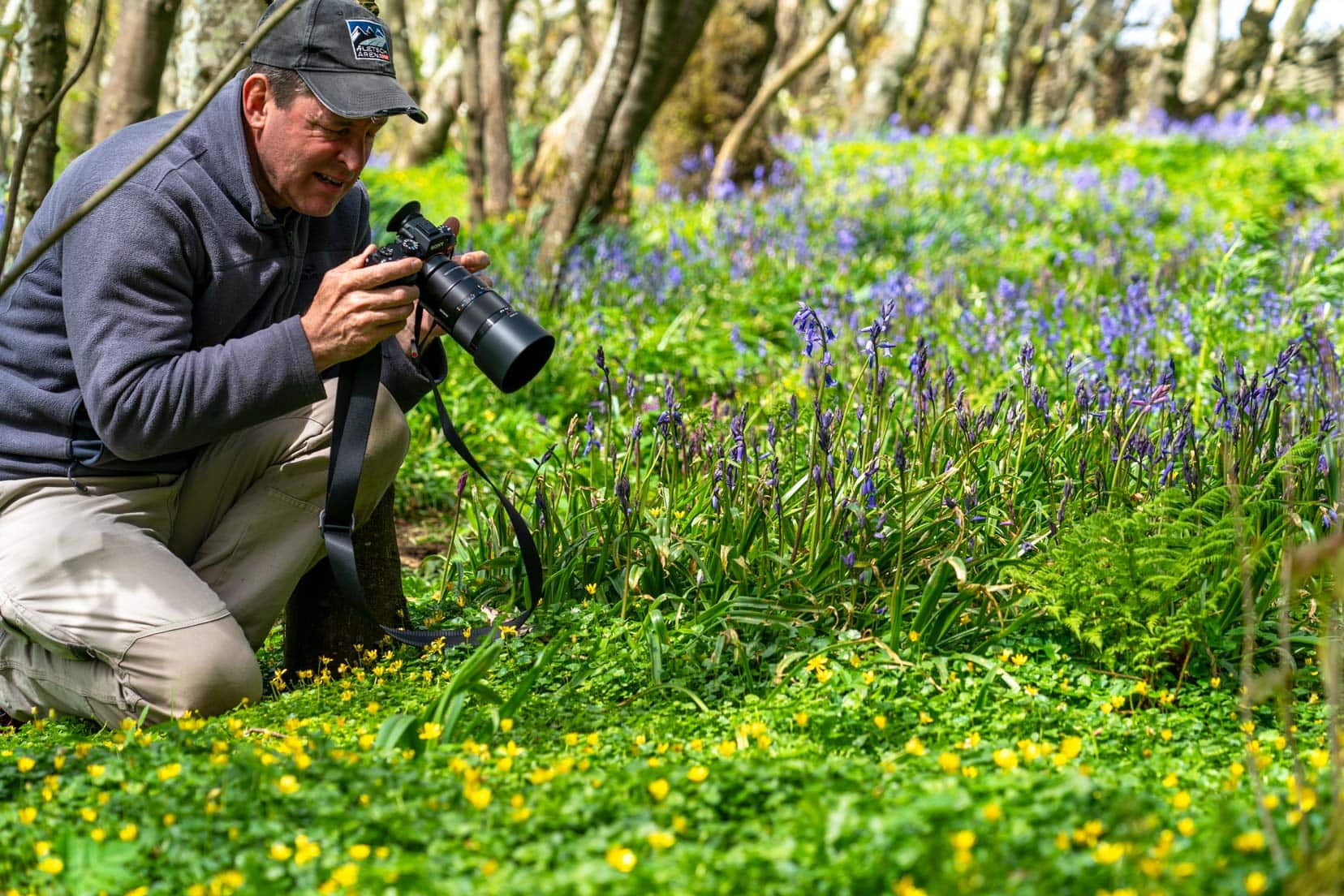
🌺 Orkney in Summer
The warmest temperatures in Orkney are generally from mid-July to late August, with maximum average temperatures reaching 16˚C in August.
You also have long daylight hours, with a peak of 18 hours at the summer solstice on June 21st. Orcadians call these long summer days summer din.
Orkney’s cliffs are still full of seabirds in summer, but some, for example, puffins, begin to leave for warmer climes in August.
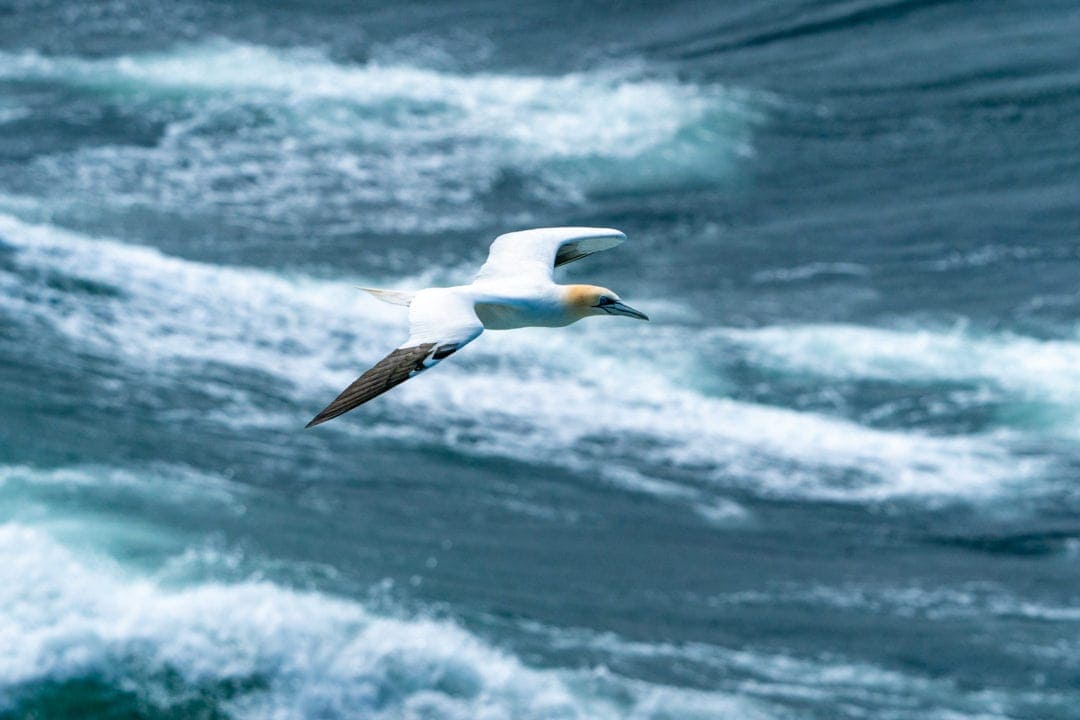
What is the best time to see whales and orcas in Orkney?
The best time to see whales and orcas in Orkney is between May and September.
Good vantage points on the mainland include Brough of Birsay, Yesnaby Cliffs, and Marwick Head. Read more about the best places to visit on an Orkney itinerary here.
For more on Orkney’s wildlife visit the Orkney Native Wildlife site.
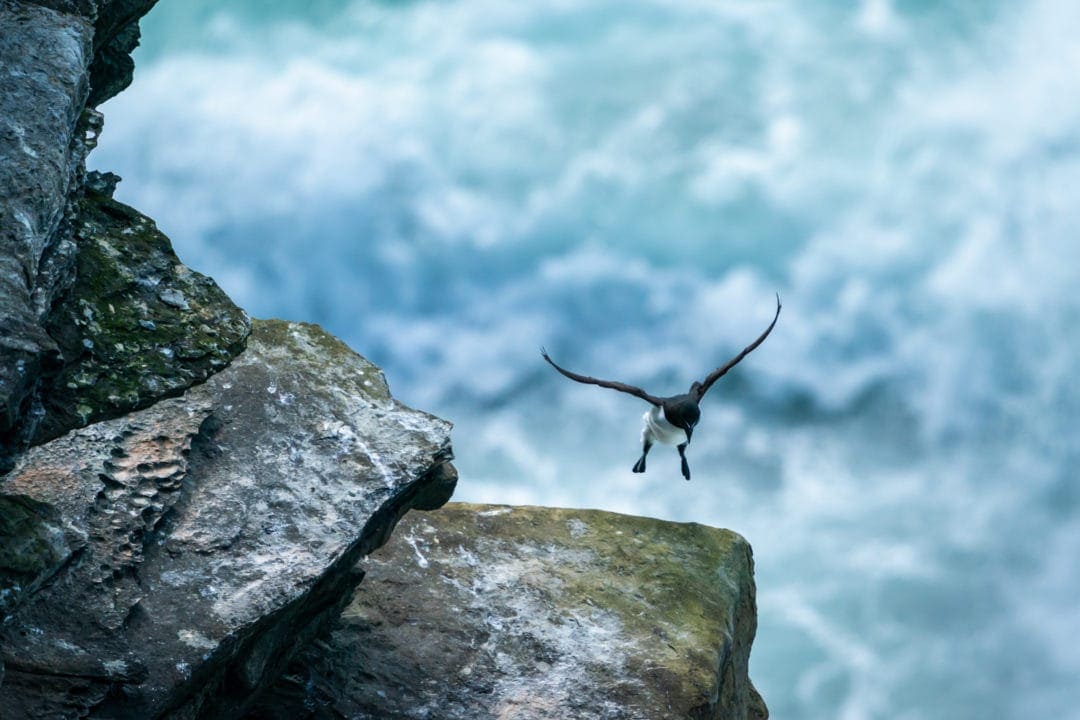
Look out for the rare Scottish primrose. Its second flowering time occurs in July and the flowering heather on the moors in late July and August.
Cruise ship visits will be at their peak in summer. Therefore, you will likely encounter many tourists in Orkney’s main attractions, such as Skara Brae, the Standing Stones and the Italian Chapel.

How bad are midges in Orkney?
Midges in Orkney are another pest that will be more likely in August. These small, biting insects swarm in warm weather but don’t like strong breezes.
Having lived in Scotland for over a year, we know how annoying these tiny little midges can be, especially on the west coast.
Luckily, they get blown away easily, and with Orkney being particularly windy, they are rarely a problem. But if you are caught in a midgie swarm, be prepared with insect repellent.
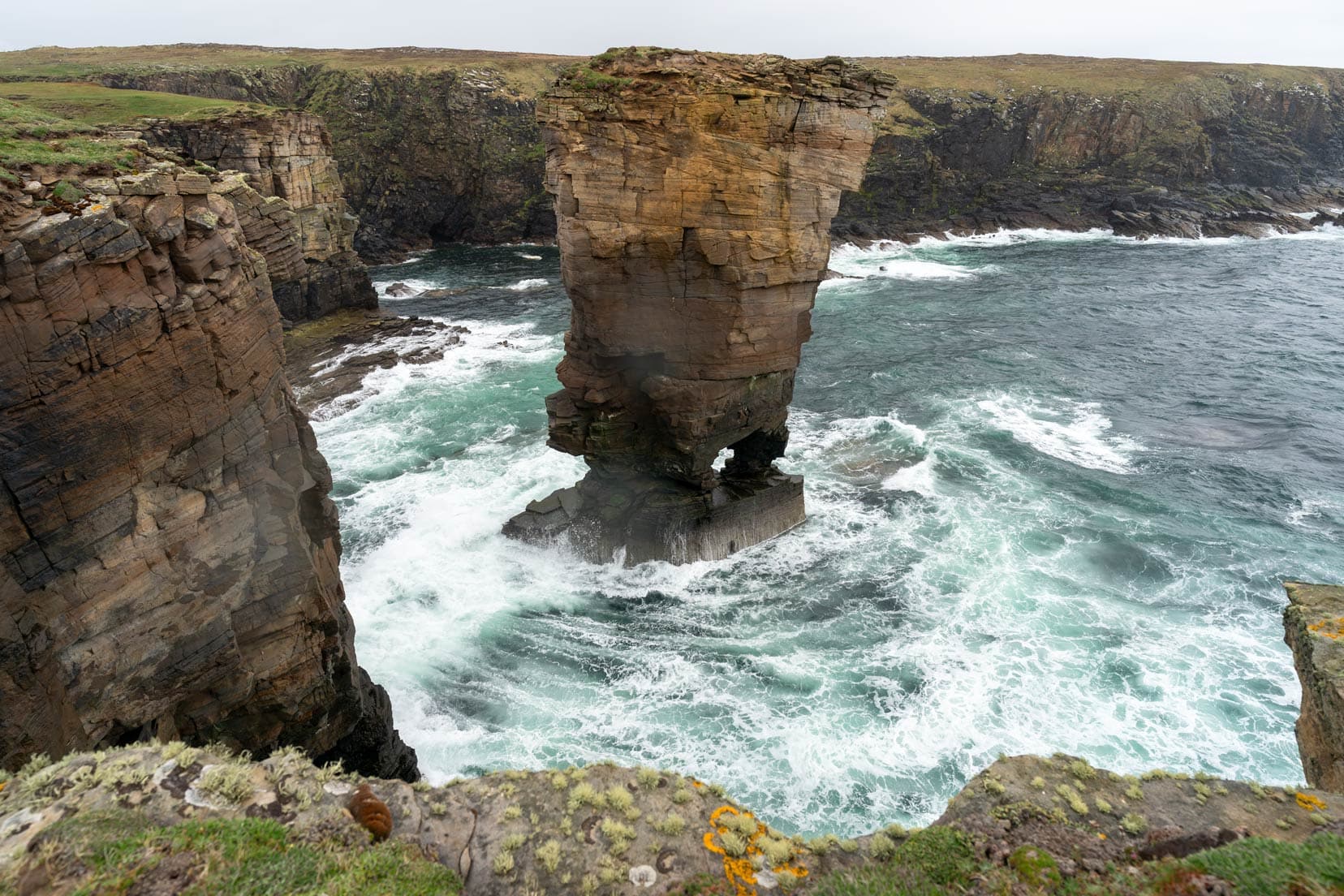
Orkney Festivals in Summer
- St. Magnus International Festival — An annual cultural festival with various events, including music, theatre, arts, dance, literature, cabaret and folk music, alongside community projects during Orkney’s magical midsummer.
- Summer Solstice 21st June — What could be more spiritual than celebrating the Summer Solstice at the site of the neolithic monuments? On the Summer Solstice, the sun rises at around 4 am and sets again at around 10.30 pm, a healthy 18 hours of daylight.
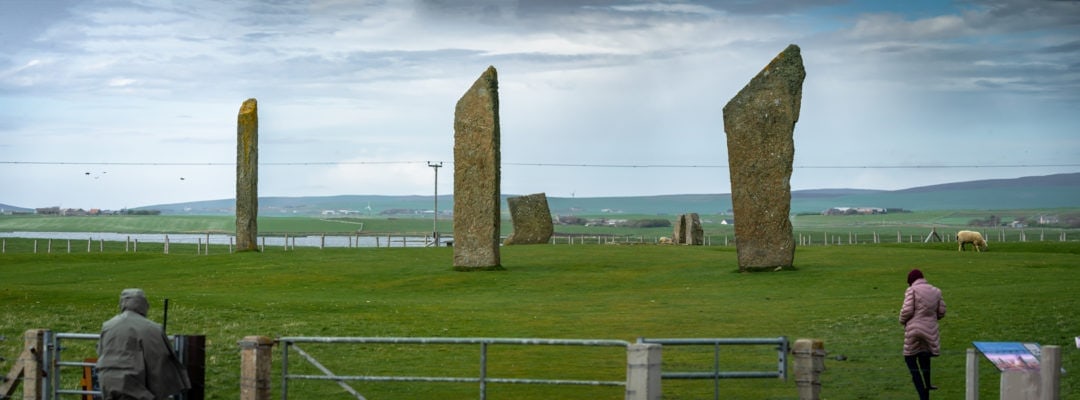
🍂 Orkney in Autumn
From September, the chance of seeing the Northern Lights (Aurora Borealis) increases. Additionally, grey seal pups can be seen around the shores in October and November.
As the wind picks up, stormy weather sweeps across the islands, crafting dramatic scenes that are simply unforgettable.
Moody atmospheres surround the many neolithic monuments and storms create spectacular wave action around the many sea stacks in Orkney. These are perfect opportunities to put your creative photographic ideas into play.
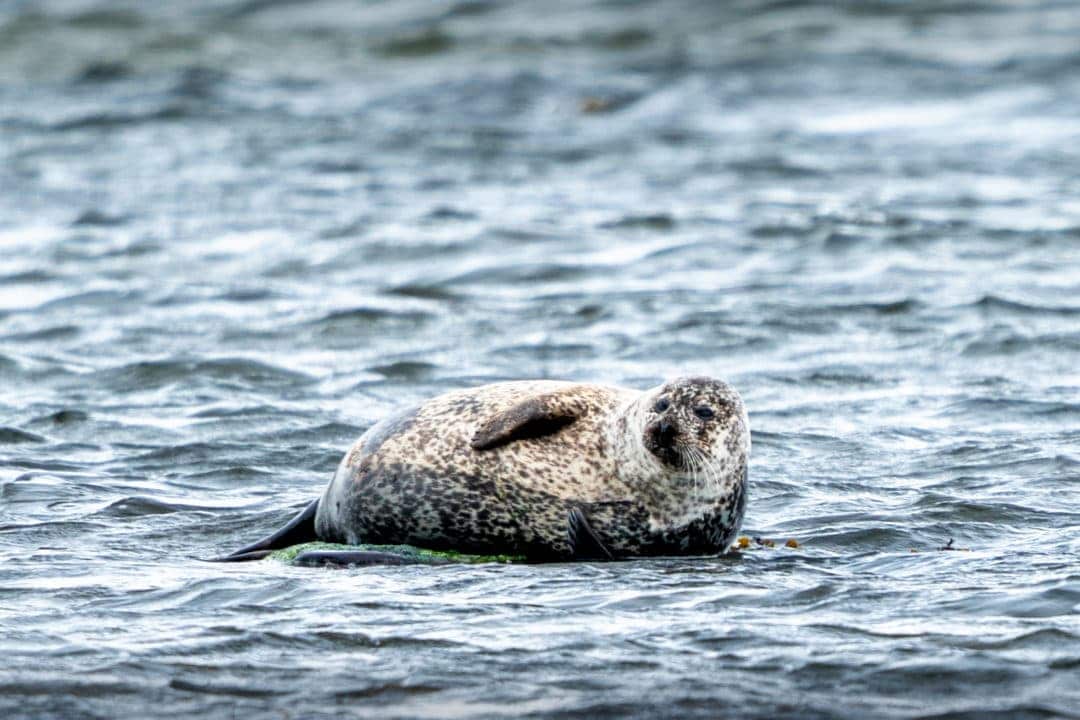
Orkney Walking and Hiking in Autumn
We could have spent days walking all the cliff-top trails, beaches and grassland hills but as visitors, we only had a limited amount of time.
Spring, summer, and Autumn are the best times to hike in Orkney, but to avoid crowds, spring and autumn would be our top picks.
But remember, whatever season you choose to go walking or hiking in Orkney, that the weather can change in an instant. So always be prepared for rain and wind and wear waterproof walking shoes/boots because the paths and trails become wet and muddy.
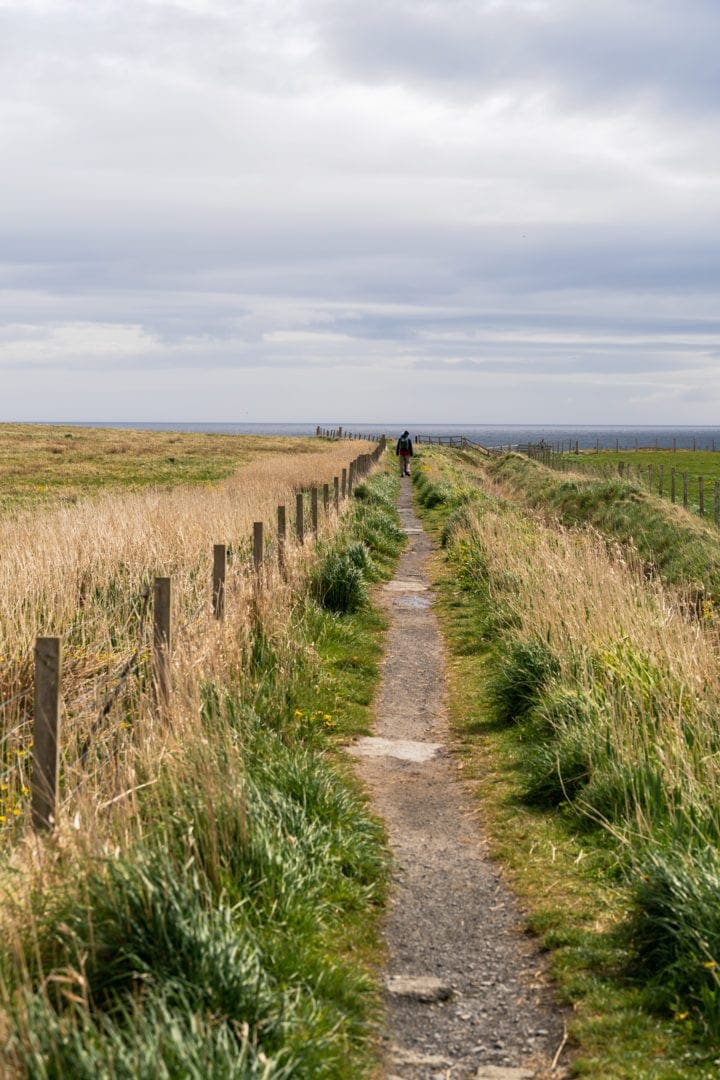
Orkney Festivals in Autumn
- Orkney’s Storytelling Festival — Storytellers come from around the world, and the resident Orcadian, Tom Muir, keeps the traditional Orkney tales alive.
❄️ Orkney in Winter
Some of Orkney’s tourist sites close during winter, so it is worth checking online whether they are open. Luckily, this time of year sees accommodation prices drop, and you’re likely to have the sights of Orkney pretty much to yourself.
The winter weather in Orkney can be very cold and extremely windy. However, from September onwards your chances of catching a glimpse of the Northern lights (or merry dancers as they are called on Orkney), are much higher.
If you enjoy photography, the dramatic storms and waves around the coast in winter make for fantastic action shots.
If you visit Orkney in winter, look for wading birds such as turnstones, purple sandpipers, and ringed plovers, which roost and feed around the shores of Marwick Head.
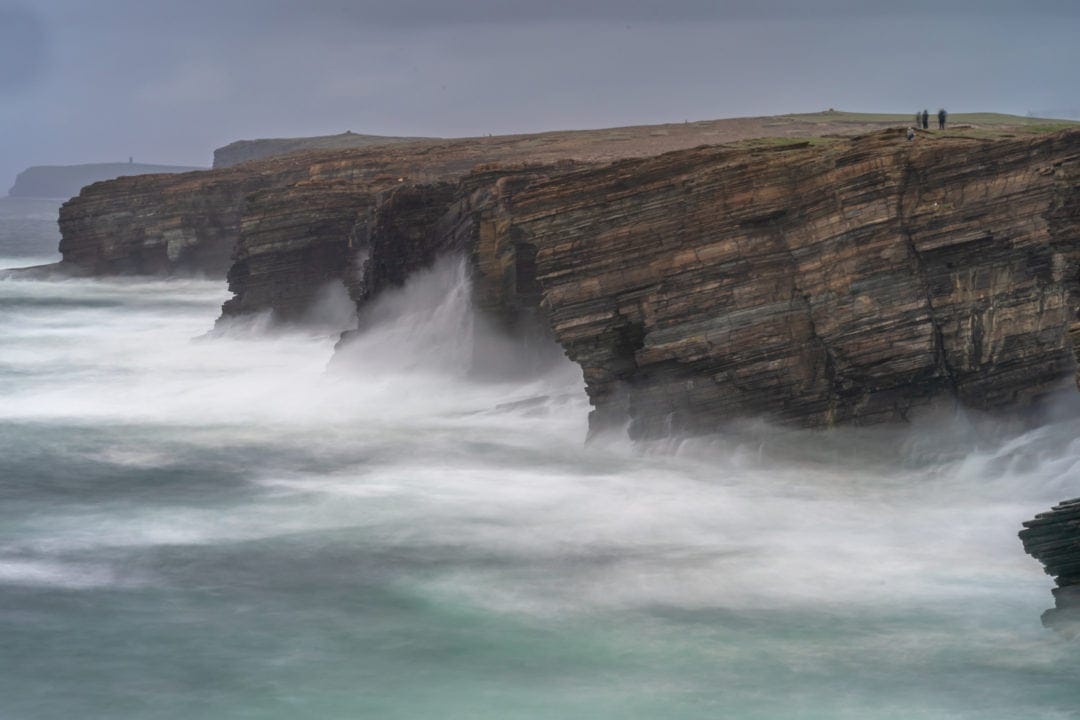
Orkney Festivals in Winter
New Year’s Day Ba
Ba’ is a local Orkney tradition that occurs on Christmas and the 1st of January. It is a traditional football game that was once called the ‘Up the gates, down the gates‘ and has been played in Kirkwall since at least 1897.
The town is divided into two teams, the Uppies and the Doonies, with each having to get the ball to the northern or southern boundary of the town, respectively. The ball is made of leather and weighs about 3 pounds (1.3 kg). It is about the size of a round melon.
The teams form a scrum with up to 350 men playing. In 1945 and 1946, women played the game, too, but it was abandoned in subsequent years as the public felt it was unladylike!
Stromness Yule Log
The Stromness Yule Log tug-of-war was originally played on Christmas Eve but was banned in 1933. It was revived in 2017 and played on Hogmanay (New Year’s Eve) instead.
Burns Night Celebrations
January 25th is Burns Night, when the Scots celebrate the great Poet Robbie Burns. Look out for special events on the island where a Burns supper of haggis, neeps and tatties (turnip and potatoes) topped off with a dram of whisky is often on the menu.
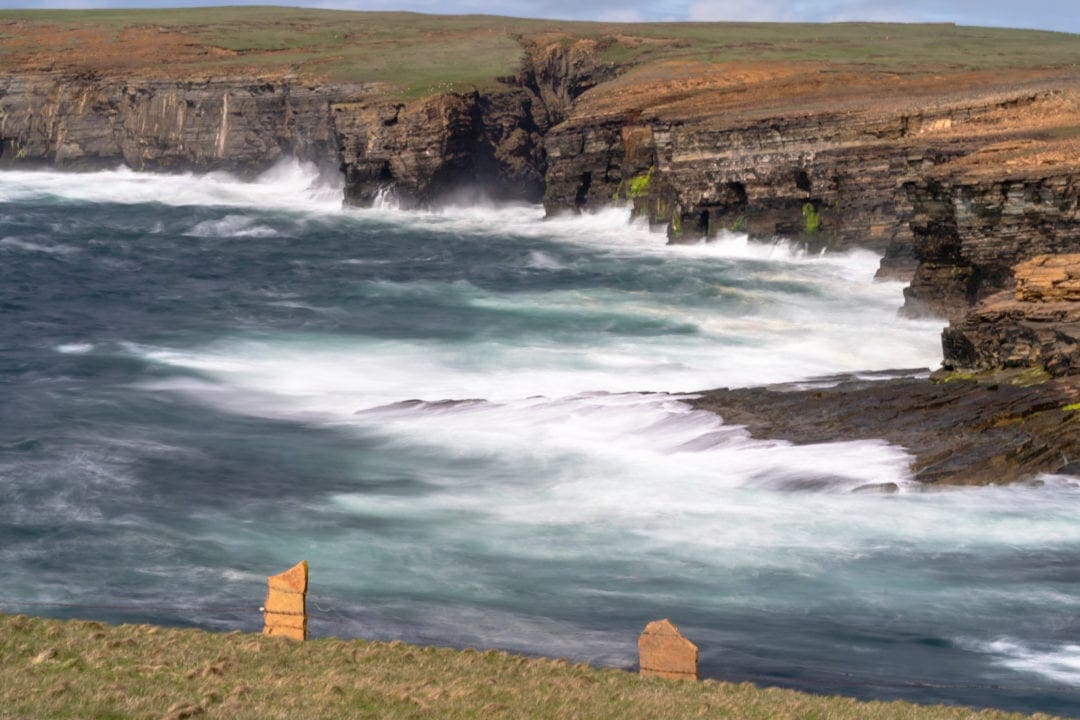
What to Pack for Orkney
Orkney’s weather can be as unpredictable as a plot twist in a good novel—sunny one minute and stormy the next. No matter when you visit, prepare for a variety of conditions.
While summer may offer milder weather, remember that temperatures seldom exceed 16°C, and the brisk wind chill can make it feel much cooler.
The key to comfort in Orkney is layering. Adjusting layers allows you to adapt to the ever-changing weather without missing a beat of your adventure.
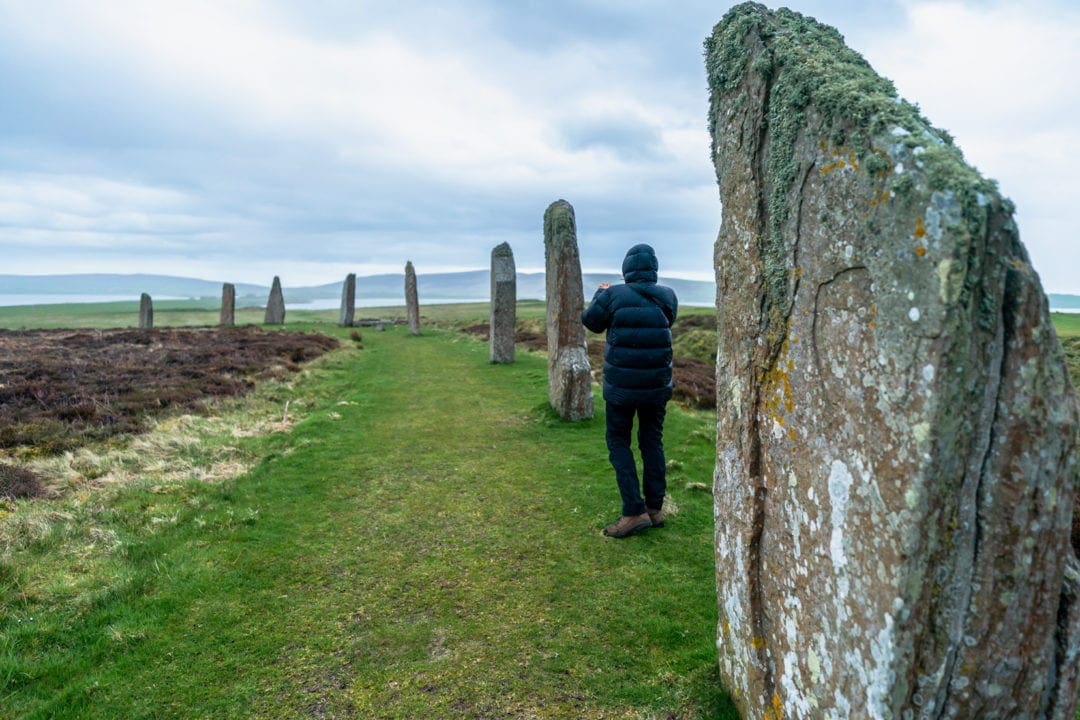
Packing List
Here’s our go-to packing list to help you stay warm and dry, no matter what Orkney’s weather throws at you:
- 👚Base Layer: Breathable t-shirts and long-sleeve tops that wick away moisture, keeping you dry from the inside.
- 🥼Mid Layer: A fleece or a warm sweater that traps heat efficiently.
- 🧥Outer Layer: A sturdy, waterproof, and windproof jacket to shield you from the elements.
- 👖Legwear: Waterproof trousers are essential for keeping the rain and wind at bay while exploring coastal trails. I have a pair of Berghaus that have lasted for years, as well as a pair of cheap waterproof overtrousers.
- 🥾Footwear: Waterproof, sturdy walking boots are crucial, as trails can be slick and muddy.
- 🎒Accessories: Don’t forget a waterproof backpack to protect your gear and essentials. And while you might be tempted, leave the umbrella at home—Orkney’s winds are famous for turning them inside out!
- 🧤Woollies: Some nice winter woollen gloves, waterproof beanie and scarf go down a treat when the wind kicks up too!

Best Time of Year to Visit Orkney… That’s a Wrap
So there you have it. There is something to experience whatever time you visit Orkney, and the best time for you depends on your interests, budget and weather preferences.
Having said that, if you want to experience a touch of everything, Orkney’s ancient history, wildlife and the best chance of ok weather without too many tourists, then we recommend May.
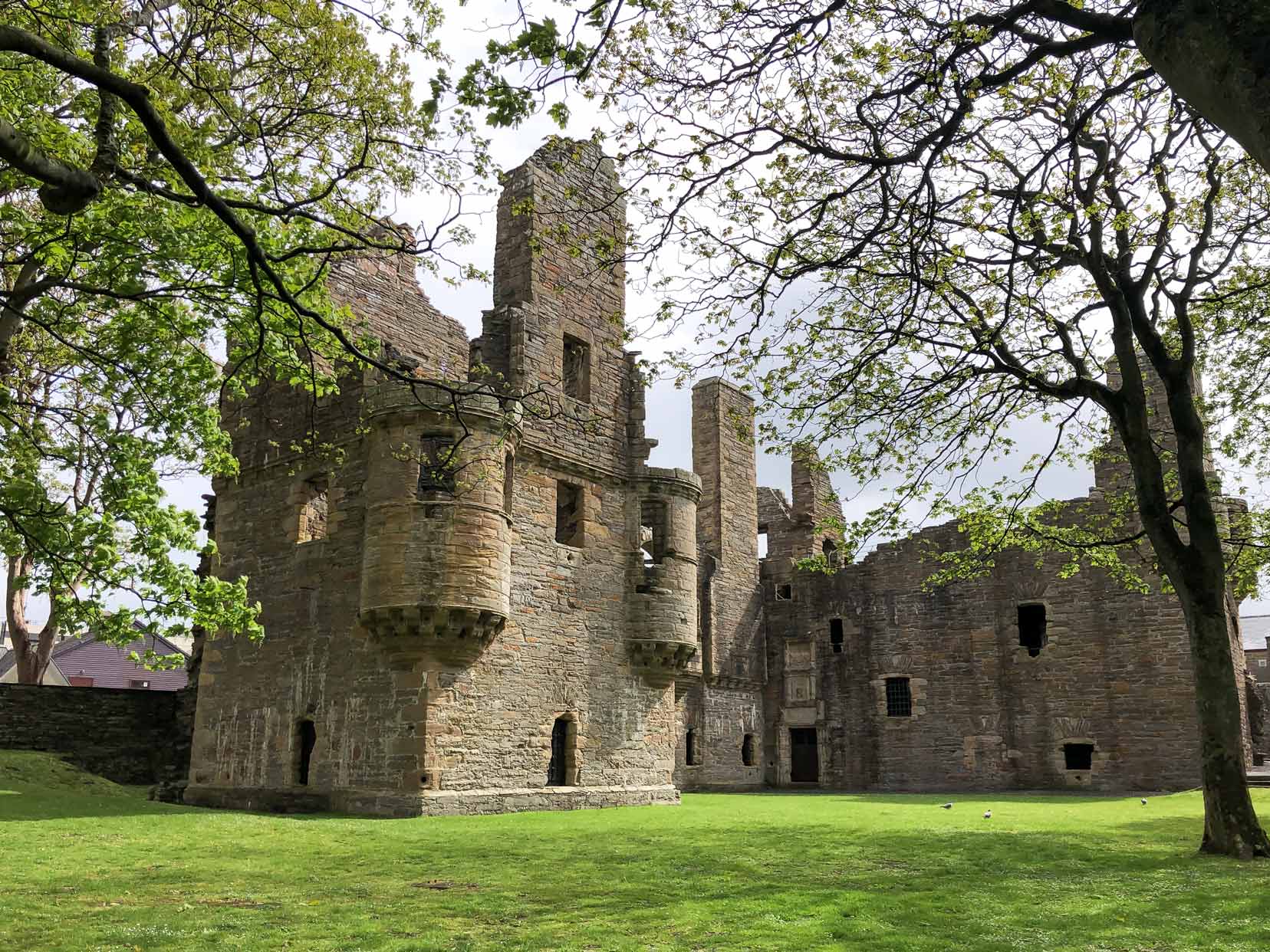
More Discoveries Across Scotland
Curious about more Scottish gems? Whether you’re setting off to explore Scotland, planning a road trip through the Outer Hebrides, or looking to uncover the best local hikes, our Scotland collection offers a wealth of resources:
🏴 Aberdeen and Shire: Discover the historic charm of Aberdeen and explore the scenic Aberdeenshire Castles. Don’t miss the Brig o’ Balgownie for a peek into medieval Scotland.
🏴 Edinburgh and Its Environs: Take a leisurely walk through Dean Village or challenge yourself with the Arthur’s Seat hike. Discover the quaint Duddingston Village tucked away in Edinburgh’s skirts.
🏴 Iconic Scottish Landscapes: Experience the stunning Culloden Battlefield, witness the majesty of Dunrobin Castle’s falconry, and explore the rugged beauty of Handa Island.
🏴 Unique Scottish Experiences: From the culinary delights of Cullen Skink to the natural spectacle at Troup Head, Scotland offers an array of unique experiences.
🏴 Comprehensive Guides: Dive into our Orkney itinerary or the Outer Hebrides road trip guide for longer stays.
Explore these and many other adventures on our Scotland travel guide, designed to help you capture the essence of Scotland in every journey.
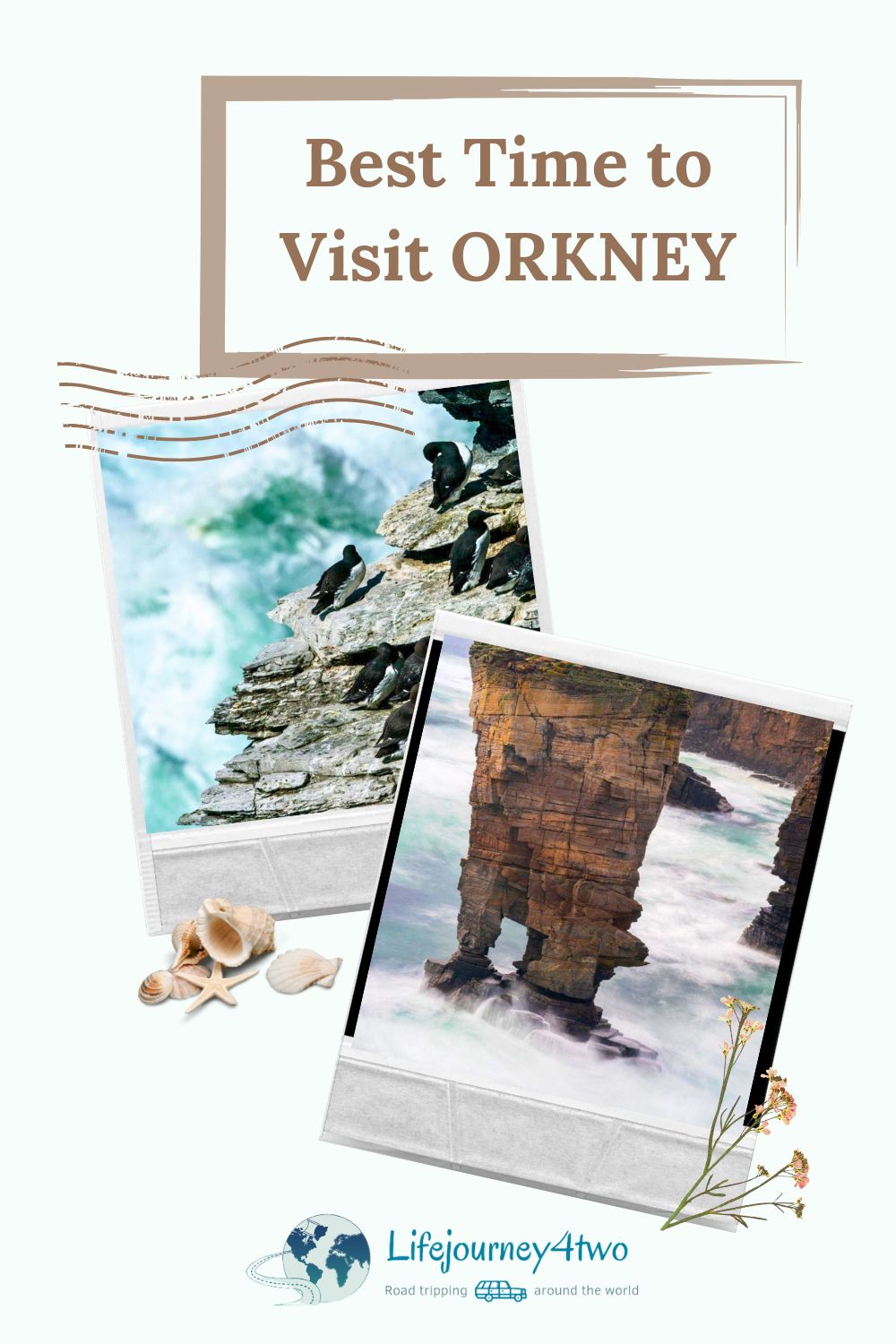
Planning Your Travels?
These are the travel resources we recommend and use when planning our trips.
- 🚘 Car Hire: We use DiscoverCars.com
- Motorhome/Campervan Rental: We highly recommend the Motorhome Republic
- 🪪 Order your International Driver’s Licence online here
- 🛏 Book Accommodation: We use Booking.com to find accommodation that suits our budget
- 🐶 Pet Sitting/Pet Sitters: Check Out TrustedHousesitters here (Use our Discount code: LIFEJOURNEY25 for 25% off. )
- Activities and Experiences: Get Your Guide and Viator
- Travel Insurance: Safetywing or World Nomads
- 🥾 Travel Gear and Accessories: Check out our top picks here — Lifejourney4two page on Amazon
For a more thorough list, visit our Travel Resources page here.

